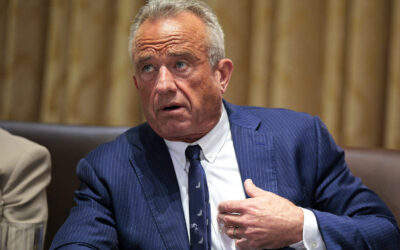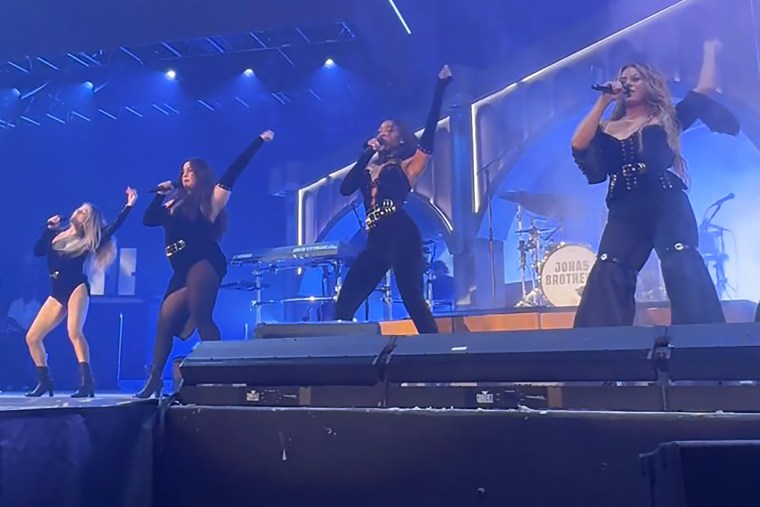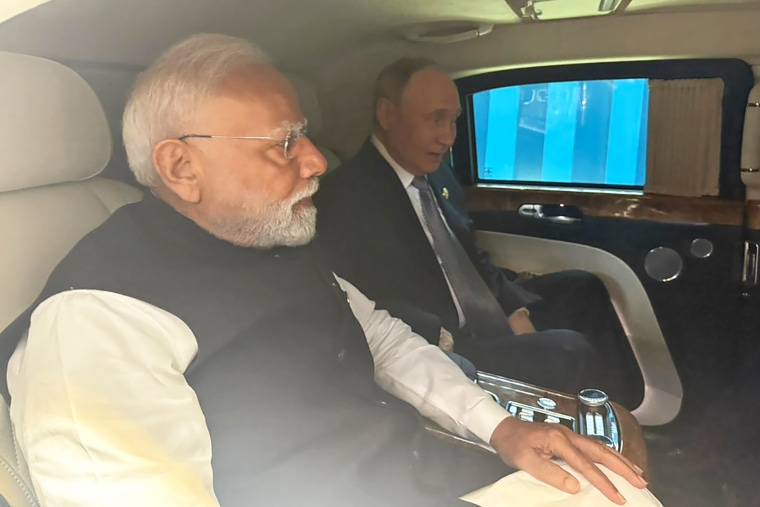As Trump takes aim at the Smithsonian, meet the woman racing to visit every exhibit

“My goal for that is almost to kind of provide a marketing sizzle reel for the exhibit,” she said. “A priority of mine is getting people in museums, getting people curious, reminding people that learning is fun as well as hopefully right, breaking down the stigma that museums and galleries are stuffy and exclusive and people can’t come.”
Jones paused to take in historic footage of a streetcar passing the White House. “This is what I love to see, D.C. streets which I recognize,” she said. “Look how close to the White House they are with a streetcar.”
She added, “People on roller skates! I did not expect that. A tour! This is so cool.”
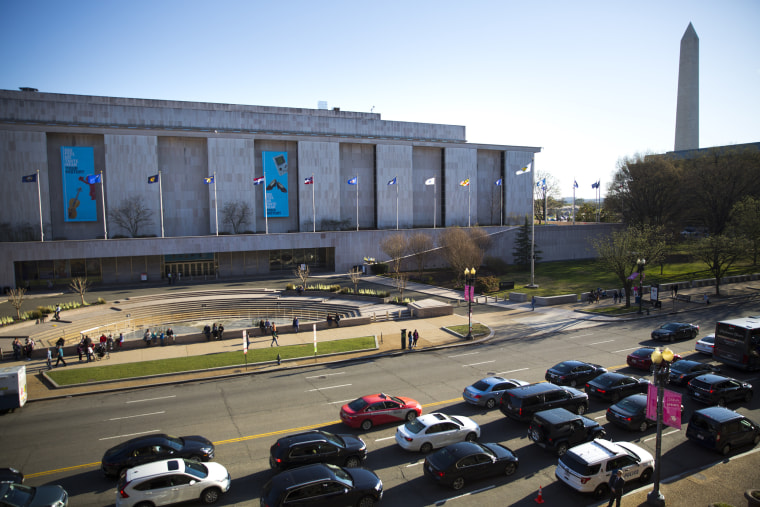
This year, Jones found herself at a professional crossroads after leaving her job as a vice president of marketing.
“I called it my grown-up gap year,” she said. “There were so many aspects of what I was doing that I loved, but I was just kind of burnt out and felt adrift. So, I took the year off with the intention to figure out what brought me joy in life, what I wanted to do.”
Making videos about the Smithsonian, she discovered a passion for content creation, which she intends to continue after filming her last Smithsonian exhibition.
“I tried, I think, three times and failed before I did my first exhibit. I went to a museum with the intention to read everything, and was either too anxious to do it, embarrassed to be filming in public,” she said. “I’m really proud of myself for the strides that I’ve made in my ability to focus, my confidence in myself.”
As Jones has built her channel, the Smithsonian has found itself under increased scrutiny. Last month, the Trump administration informed Smithsonian Secretary Lonnie G. Bunch that it would begin a systematic review to “remove divisive or partisan narratives” in advance of the nation’s 250th anniversary.
A week later, President Donald Trump took aim at the Smithsonian on Truth Social.
“The Smithsonian is OUT OF CONTROL, where everything discussed is how horrible our Country is, how bad Slavery was, and how unaccomplished the downtrodden have been — Nothing about Success, nothing about Brightness, nothing about the Future,” he wrote. “We are not going to allow this to happen.”
The first phase of the review will focus on eight Smithsonian museums, including the National Museum of American History, the National Museum of African American History and Culture and the National Portrait Gallery.
In an interview with Fox News, Lindsey Halligan, one of the White House officials who signed the administration’s Aug. 12 letter to the Smithsonian, addressed the review.
“The fact that … our country was involved in slavery is awful — no one thinks otherwise,” she said. “But what I saw when I was going through the museums, personally, was an overemphasis on slavery, and I think there should be more of an overemphasis on how far we’ve come since slavery.”
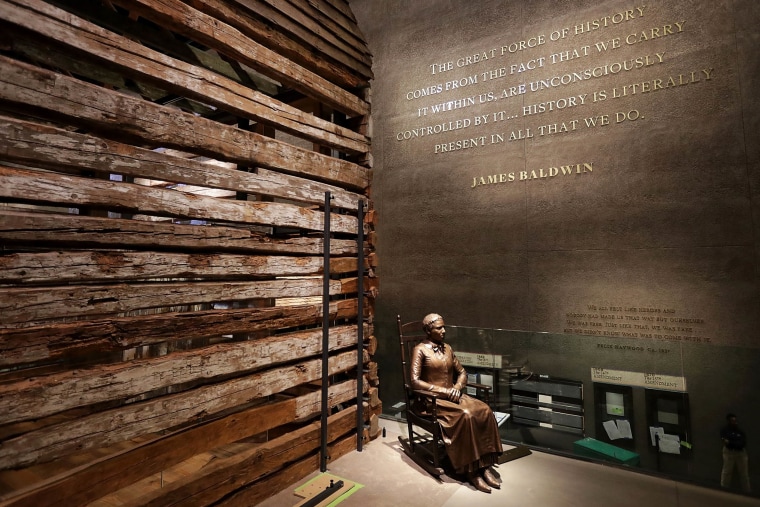
The Smithsonian Institution was in the administration’s crosshairs prior to last month’s review announcement. In March, Trump signed an executive order titled “Restoring Truth and Sanity to American History,” which directed the institution to “prohibit expenditure on exhibits or programs that degrade shared American values, divide Americans based on race, or promote programs or ideologies inconsistent with Federal law and policy.”
In April, an exhibit by African LGBTQ artists was abruptly postponed by the Smithsonian’s National Museum of African Art. The following month, NBC News documented more than 30 artifacts that were removed from the National Museum of African American History and Culture. And in July, artist Amy Sherald canceled an upcoming show at the National Portrait Gallery after she said curators expressed concerns about a painting of a transgender Statue of Liberty.
“It became clear during my exchanges with the gallery how quickly curatorial independence collapses when politics enters the room,” she wrote on MSNBC.com. “Museums are not stages for loyalty. They are civic laboratories. They are places where we wrestle with contradictions, encounter the unfamiliar and widen our circle of empathy. But only if they remain free.”
This is not the first time that the Smithsonian has found itself in the crossfire of a culture war. In 2010, the institution withdrew part of an exhibition called Hide/Seek featuring works by LGBTQ artists after sustained outcry by then-House Speaker John Boehner and Catholic organizations.
The institution was also roiled by a debate over a National Air and Space Museum exhibit of the Enola Gay aircraft, which dropped an atomic bomb on Hiroshima, Japan, during World War II. Critics derided plans to include Japanese perspectives and information about the effects of nuclear warfare as an example of “politically correct curating.”
“The Smithsonian has faced crisis moments in the past … but the crisis moments have never come from a direct political assault, certainly not at the hands of the executive,” said Dr. Sam Redman, director of the public history program at the University of Massachusetts, Amherst. “I know we use the word unprecedented a lot in this era, but this is truly unprecedented in terms of thinking about the Smithsonian.”
